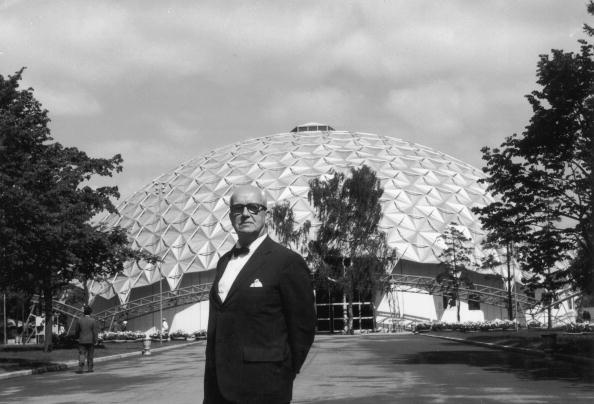Buckminster Fuller was a brilliant man; there seems to be no doubt about it. In Alec Nevala-Lee’s new biography of the inventor/architect/designer, Fuller is presented as a man who was known by many in the highest circles nationally and internationally as one of the 20th century’s most brilliant people. But the book calls into question how much of his brilliance was real and how much of it was showmanship.
“Inventor of the Future: The Visionary Life of Buckminster Fuller” is a full expository of the reality and the myths that surrounded him (those created by others, but mostly those created by himself). Nevala-Lee’s work is a profoundly honest take on whom he calls the discoverer of the geodesic dome and the namesake of the buckyball (for the 1985 discovery of soccer ball-shaped carbon molecules). It seems there is nothing the author missed in his study of his subject.






